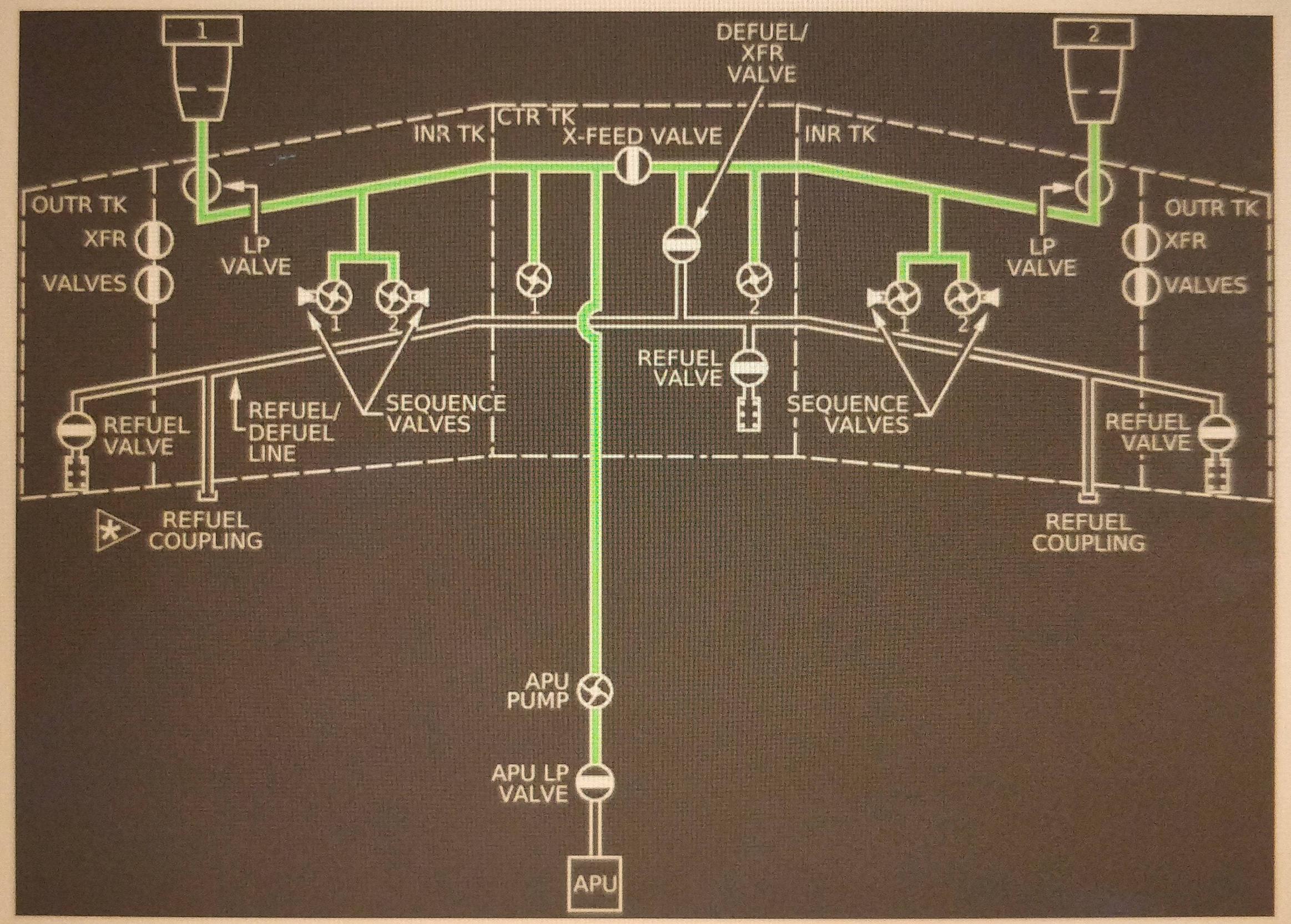If you look at the fuel leak checklist you will see that you will come to this point only after you have confirmed that there are no leaks from the inner wing tanks and engine fuel feed lines.
According to the checklist if there are no visual indications of fuel leaking near the engines, you are to ensure the fuel cross feed is maintained closed. Then you turn off the center tank pumps. When the center pumps are off the engines will be only supplied by the inner tanks. Then you are to monitor the fuel in the tanks for a total of 30 minutes. If one tanks depletes faster than the other tank by 300 kg you can assume an engine leak. So, you shut off the associated engine. If this stops the leak, engine leak is confirmed. If it continues to leak you can assume an inner wing tank leak.
Now, the checklist says, if both the inner tanks deplete at a similar rate, you can suspect a center tank leak (remember the pumps are off) or a leak from the APU feed line. I have highlighted the word similar, because the checklist says to check for similar readings, not same or symmetrical readings. Yes, with the APU on, the left wing inner tank will deplete faster than the right tank, but it should not bring a massive difference to the figures. The A320 APU burns about 130 kg of fuel per hour. The checklist says to monitor the fuel for 30 minutes. This means, at the APU fuek line a leak would happen at a lower rate. That is why it says to look for similar rates, because an APU fuel line leak is quite insignificant. But you cannot still assume no leaks at the APU fuel line. The fuel leak checklist is a very conservative checklist. It is all about trying to close off any possible areas where a leak might be possible.
The checklist also says that if you have a fuel smell in the cabin, to turn off the APU to prevent additional fuel loss. It uses the word additional because the rate of leak at APU fuel is insignificantly low.

The checklist says similar not symmetrical (highlighted).



